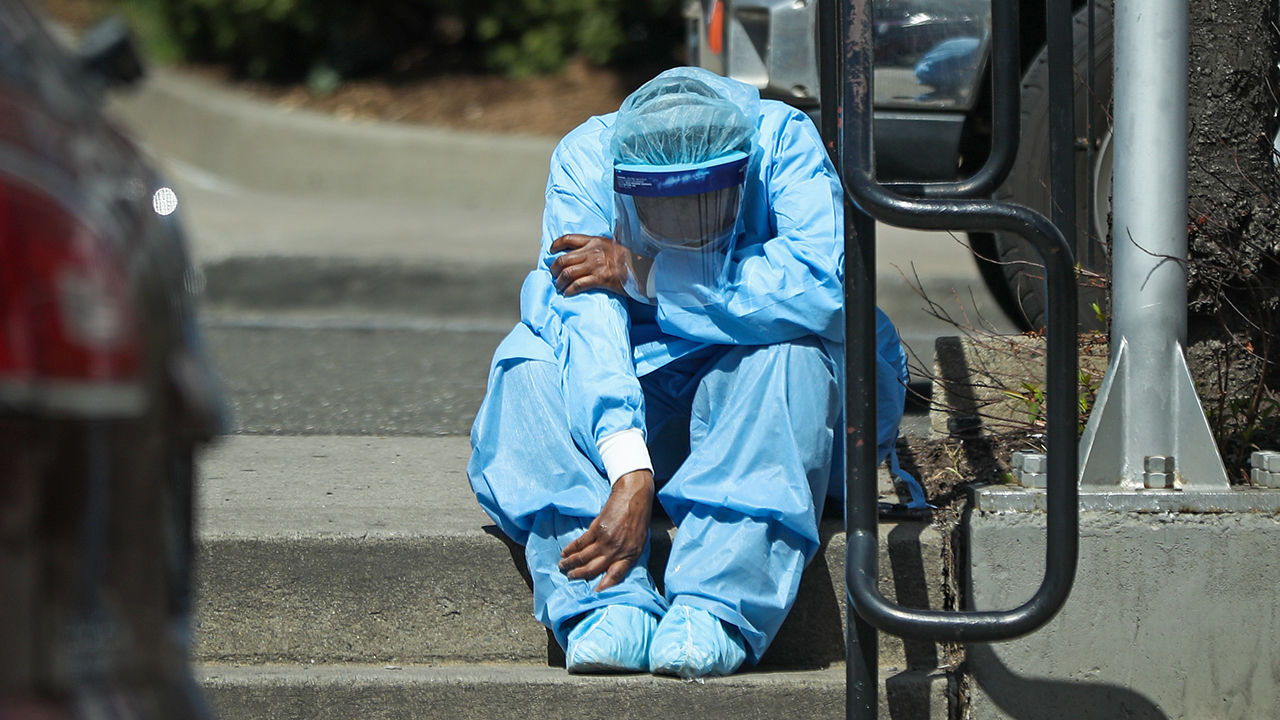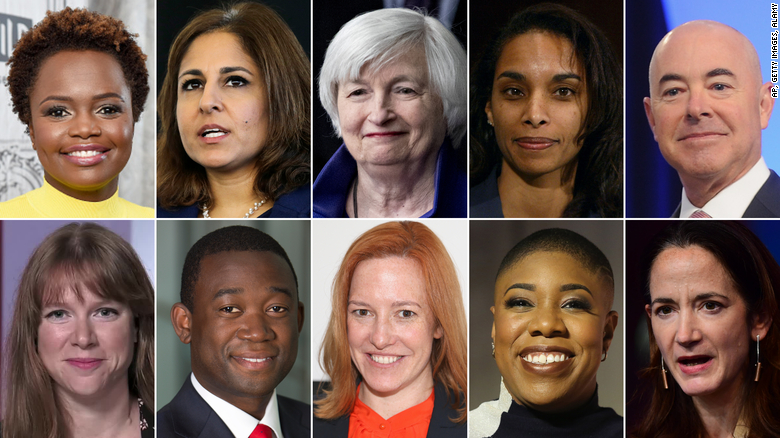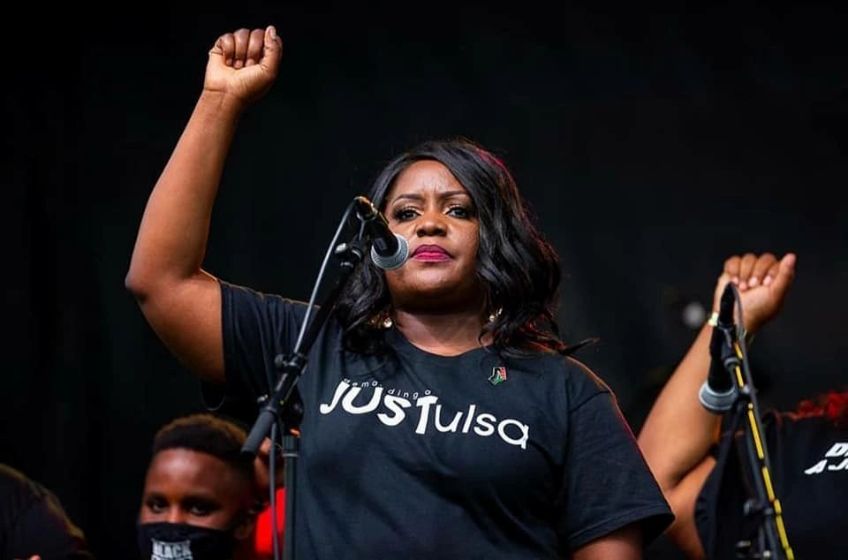
By ADAM KEMP
Standing outside of Integris Baptist Medical Center on the first day of May, a group of nurses and doctors turned and looked to the heavens.
A steady line of military aircraft buzzed overhead, splitting the clouds and reverberating down from the sky an eardrum-busting beat of appreciation meant for the hardworking frontline doctors and nurses.
At the time Oklahoma had seen just over 3,200 positive COVID-19 cases and 230 people had lost their lives to the virus.
The week before Gov. Kevin Stitt said he was “cautiously optimistic” that the rates of new cases and hospitalizations looked like they were beginning to flatten.
“Safer at Home” orders were expiring and businesses opened back up in the Oklahoma City metro area the same day.
“We looked up and saw this parade in the sky, almost as if it was a ‘Job well done,’” said a hospital nurse who wished to go unnamed. “But everybody was wrong. Things are worse now than ever.
“And now nobody seems to care at all anymore.”
Skyrocketing COVID-19 cases across the state has led to packed hospitals and a shortage of intensive care unit beds.
On Friday, the Oklahoma State Health Department reported more than 3,200 new infections and 24 deaths, moving Oklahoma’s 7-day average of new cases to 3,318, the highest it’s been at any time during the pandemic.
But possibly more pressing than the lack of space in metro-area hospitals is the burnout being seen among nurses and doctors who are working longer hours in increasingly unsafe conditions.
Dr. Rachel Franklin, the Medical Director for OU Health physicians and family medicine, operates one of five COVID-19 drive-thru testing sites on the health center’s campus.
The work is a far cry from what she had been doing before the pandemic where for the past 14 years she was a full-scope practitioner.
Now much of her day is spent figuring out how to handle the surge of COVID-19 patients to her clinic while still providing access to traditional care.
But as her clinic screens as many as 150 COVID-19 patients a day, the emergency work means the day-to-day care suffers.
“We are to that point where a third of hospitals, not just the ICU, are filled with COVID patients,” Franklin said. “That means all the staff is taking on more work. That means everyone’s care is not as good because we are split so many ways.
“A public health emergency is a PUBLIC health emergency. It’s not just the infections from COVID-19, it’s literally every type of help you might need from a hospital is being affected.”
Worries of compassion fatigue run throughout the healthcare industry at the best of times, according to Franklin. But as doctors and nurses continue to see people not following or even deliberately disobeying guidelines to stay socially distant, wash their hands and wear a mask, it deepens healthcare worker’s frustrations.
“The mood is bleak,” Franklin said. “Lots has been said about COVID fatigue and we are all sick of it. It makes us feel more invisible, more disrespected, more at risk and it frankly angers us.”
At Mercy Hospital, Dr. Mauoun Tawk said his staff is feeling the drain from watching more and more patients die from COVID-19.
“They’re seeing death every day,” Tawk said in an interview with KOCO. “They’re seeing people die, and, you know, in the past we had one patient dying a week, two patients dying a week. And now, we have four to five dying every day.”
More than 1,600 people were hospitalized in Oklahoma, according to the state health department’s last report, and more than 90,000 people nationwide are currently hospitalized due to the virus.
Hospitals in Oklahoma are reporting that they are trying to make room for more ICU patients, but between healthcare workers leaving the field and a huge demand for trained replacements, there are not enough health care workers to meet the demand.
“The system is overwhelmed,” Franklin said. “Every time you hear about patients that are doubled up in rooms or in hallways or on the floor, … every added patient, they didn’t add a nurse. They didn’t add a tech. They didn’t add a physician.
“You can’t manufacture a nurse or a doctor.”
Franklin says she thinks of the early days of the pandemic often. When nightly parades were held in New York City for healthcare workers, words of praise flowed from celebrities and politicians alike and even flyover celebrations in honor of frontline workers were cause for celebration.
“We appreciate when we are shown gratitude,” Franklin said. “But you can only say thank you so many times to someone that has asked you to do something in return. After that the ‘thank you’ is empty. Gratitude that comes without a simple reciprocal action is not really gratitude.”










